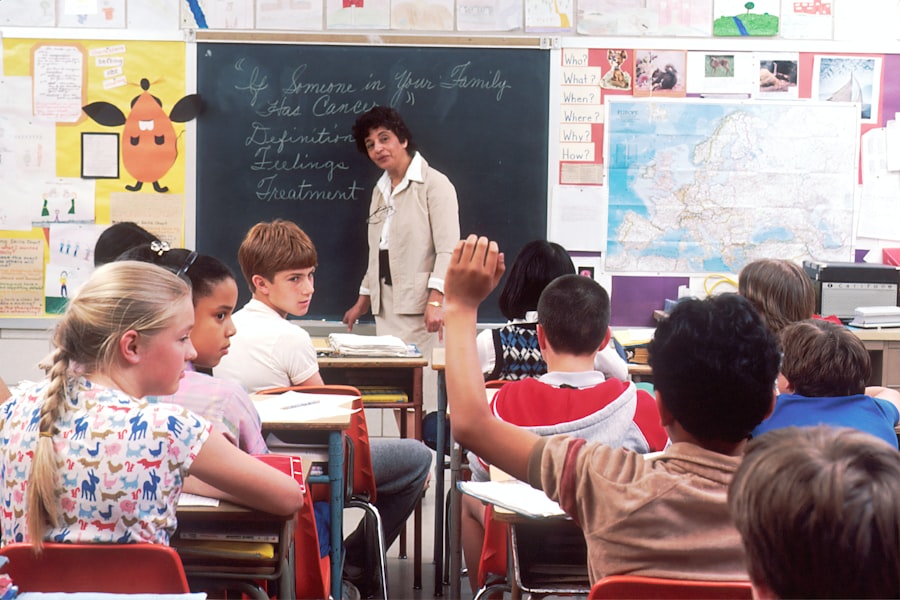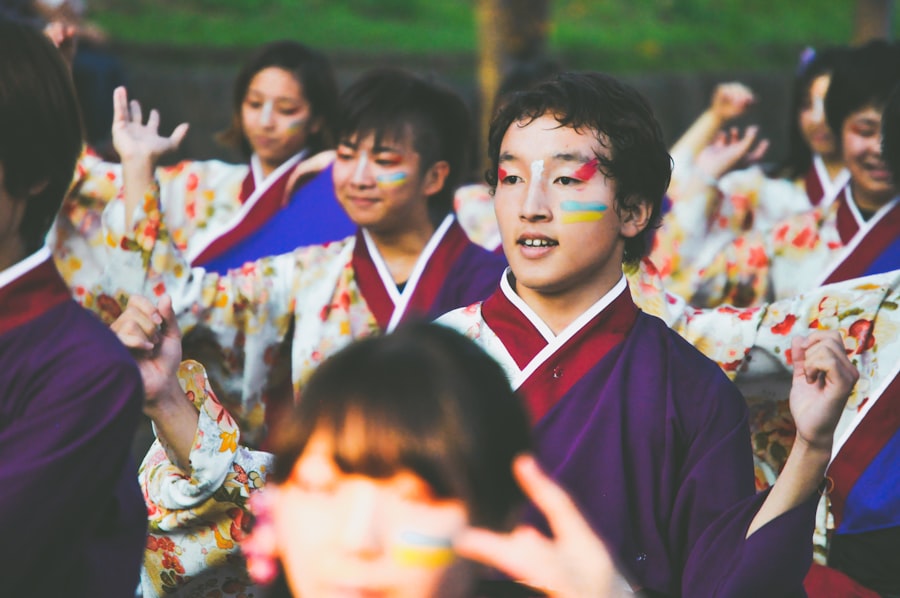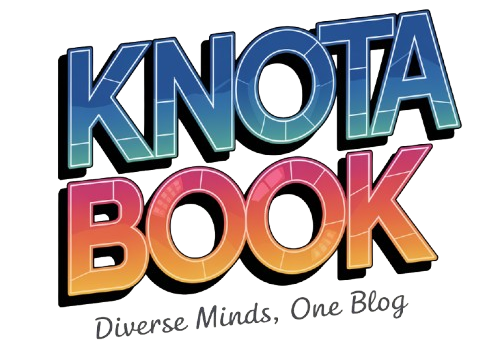Arts education, particularly through the AEMS (Arts Education in Maryland Schools) initiative, plays a pivotal role in the educational landscape of Maryland. This program emphasizes the integration of the arts into the curriculum, recognizing that artistic expression is not merely an extracurricular activity but a fundamental component of a comprehensive education. The AEMS initiative aims to ensure that every student has access to high-quality arts education, which is essential for fostering a well-rounded academic experience.
In Maryland, where cultural diversity and artistic heritage are rich, the inclusion of arts education reflects the state’s commitment to nurturing creativity and critical thinking among its students. Moreover, AEMS arts education is crucial for developing skills that are increasingly valued in today’s workforce. As industries evolve and the demand for innovative thinkers rises, the ability to think creatively and approach problems from multiple angles becomes indispensable.
By embedding arts education into the core curriculum, Maryland schools are not only enhancing students’ artistic abilities but also equipping them with essential skills such as collaboration, communication, and adaptability. These competencies are vital for success in various fields, making AEMS a significant contributor to preparing students for future challenges.
Key Takeaways
- AEMS Arts Education is crucial for providing a well-rounded education in Maryland schools, helping students develop creativity, critical thinking, and problem-solving skills.
- AEMS Arts Education has a positive impact on student academic performance, with studies showing that students involved in arts education demonstrate higher levels of achievement in other subjects.
- AEMS Arts Education supports social and emotional development in students by providing a platform for self-expression, building confidence, and fostering empathy and understanding.
- AEMS Arts Education plays a key role in fostering creativity and innovation in students, preparing them for success in an ever-changing, competitive global economy.
- AEMS Arts Education contributes to a well-rounded education by providing students with opportunities to explore and appreciate diverse forms of artistic expression, enhancing their overall learning experience.
- AEMS Arts Education benefits students with diverse learning needs by providing alternative ways of learning and expression, promoting inclusivity and diversity in the classroom.
- AEMS Arts Education enhances school culture and community engagement by providing opportunities for students to showcase their talents, fostering a sense of pride and unity within the school community.
- The future of AEMS Arts Education in Maryland schools looks promising, with continued efforts to integrate arts education into the curriculum and provide equal access to arts education for all students.
The Impact of AEMS Arts Education on Student Academic Performance
Improved Academic Achievement
Research has consistently shown that arts education has a positive correlation with academic performance across various subjects. Students who participate in arts programs, such as those offered by AEMS, tend to exhibit improved performance in standardized tests and overall grades. For example, a study by the Arts Education Partnership found that students who received arts education scored higher in reading and math assessments compared to their peers who did not have similar exposure.
Enhanced Cognitive Abilities
The positive impact of arts education on academic performance can be attributed to its ability to enhance cognitive abilities, such as critical thinking and problem-solving skills, which are transferable to other academic disciplines. Moreover, arts education fosters a more engaging learning environment, encouraging students to develop a passion for learning and a sense of ownership over their education.
A Holistic Approach to Learning
The integration of arts into the curriculum not only enriches students’ educational experiences but also cultivates a holistic approach to learning that benefits their overall academic journey. By participating in creative activities, students are more likely to develop increased motivation and persistence in their academic pursuits. For instance, students involved in theater programs often demonstrate enhanced public speaking skills and confidence, which can translate into better performance in oral presentations across subjects.
How AEMS Arts Education Supports Social and Emotional Development in Students

AEMS arts education plays a significant role in supporting the social and emotional development of students. Engaging in artistic activities allows students to express their feelings and thoughts in a safe environment, fostering emotional intelligence and self-awareness. Through mediums such as music, dance, visual arts, and drama, students learn to articulate their emotions and experiences, which is crucial for developing empathy and understanding others’ perspectives.
This emotional expression is particularly important during adolescence when individuals are navigating complex social dynamics and personal identity. Additionally, participation in AEMS arts programs encourages collaboration and teamwork. Many artistic endeavors require students to work together towards a common goal, whether it be producing a play or creating a mural.
This collaborative process helps students build strong interpersonal skills, such as communication and conflict resolution. For instance, students involved in group projects learn to negotiate ideas, share responsibilities, and support one another’s creative contributions. These experiences not only enhance their social skills but also foster a sense of belonging and community within the school environment.
The Role of AEMS Arts Education in Fostering Creativity and Innovation
| Metrics | Data |
|---|---|
| Number of AEMS Arts Education Programs | 50 |
| Percentage of Students Participating in AEMS Arts Education | 75% |
| Impact on Creativity and Innovation Skills | Positive |
| Number of Creative Projects Completed | 100 |
Creativity is often cited as one of the most valuable skills in the 21st century, and AEMS arts education is instrumental in nurturing this essential trait among students. By encouraging exploration and experimentation, arts education allows students to think outside the box and approach problems with innovative solutions. For example, when students engage in visual arts projects, they are challenged to make decisions about color, form, and composition, which stimulates their creative thinking processes.
This hands-on experience fosters an environment where risk-taking is encouraged, leading to original ideas and artistic expressions. Moreover, the emphasis on creativity within AEMS arts education extends beyond the classroom. Students who develop strong creative skills are better equipped to tackle real-world challenges in various fields, from technology to business.
For instance, many successful entrepreneurs credit their artistic backgrounds as foundational to their ability to think creatively and develop unique products or services. By prioritizing arts education, Maryland schools are not only cultivating individual creativity but also contributing to a culture of innovation that can drive economic growth and societal advancement.
AEMS Arts Education and its Contribution to a Well-Rounded Education
A well-rounded education encompasses a variety of disciplines that contribute to the holistic development of students. AEMS arts education is integral to this concept as it complements traditional academic subjects by providing diverse learning experiences that engage different modes of thinking. For instance, while mathematics may focus on logical reasoning, arts education encourages imaginative thinking and emotional expression.
This balance is essential for developing versatile learners who can adapt to various situations and challenges. Furthermore, AEMS arts education enriches students’ cultural literacy by exposing them to different artistic traditions and practices. Through studying various art forms from around the world, students gain insights into diverse cultures and histories, fostering global awareness and appreciation for diversity.
This cultural engagement not only broadens their perspectives but also prepares them for an increasingly interconnected world where understanding different viewpoints is crucial for collaboration and coexistence.
The Benefits of AEMS Arts Education for Students with Diverse Learning Needs

AEMS arts education offers unique benefits for students with diverse learning needs, including those with disabilities or different learning styles. The arts provide alternative avenues for expression and communication that may be more accessible than traditional academic methods. For example, students with speech or language impairments may find it easier to express themselves through visual art or music rather than verbal communication.
This flexibility allows all students to engage meaningfully with their peers and educators. Additionally, arts education can be particularly beneficial for students with special needs by promoting inclusivity and fostering a sense of belonging within the school community. Programs designed with adaptive techniques enable these students to participate fully in artistic activities alongside their peers.
For instance, inclusive theater programs allow students with varying abilities to collaborate on performances, enhancing their social interactions while building confidence in their abilities. By embracing diverse learning needs within the framework of AEMS arts education, Maryland schools create an environment where every student can thrive.
How AEMS Arts Education Enhances School Culture and Community Engagement
The presence of AEMS arts education significantly enhances school culture by fostering an environment that values creativity and collaboration. Schools that prioritize arts programs often see increased student engagement and enthusiasm for learning. Events such as art shows, music performances, and theater productions not only showcase student talent but also bring together families and community members, strengthening ties between schools and their surrounding neighborhoods.
These events create opportunities for dialogue about the importance of arts education while celebrating student achievements. Moreover, AEMS arts education encourages partnerships between schools and local artists or cultural organizations. Such collaborations can enrich the educational experience by providing students with access to professional expertise and resources that may not be available within the school setting.
For example, local artists may conduct workshops or mentorship programs that inspire students while enhancing their artistic skills. These partnerships not only benefit students but also contribute to a vibrant community culture that values creativity as an essential component of societal development.
The Future of AEMS Arts Education in Maryland Schools
Looking ahead, the future of AEMS arts education in Maryland schools appears promising yet requires ongoing advocacy and support from educators, policymakers, and community members alike. As educational priorities continue to evolve, it is crucial to maintain a strong emphasis on the importance of arts education within the curriculum. This includes securing funding for arts programs, providing professional development opportunities for teachers, and ensuring equitable access for all students regardless of socioeconomic status.
Furthermore, as technology continues to shape educational practices, integrating digital tools into AEMS arts education can enhance learning experiences while preparing students for future careers in creative industries. For instance, incorporating digital media into visual arts classes or using software for music composition can expand the scope of artistic expression available to students. By embracing innovation while preserving traditional art forms, Maryland schools can create dynamic learning environments that inspire creativity and foster lifelong appreciation for the arts.
In conclusion, AEMS arts education stands as a vital component of Maryland’s educational framework, enriching student experiences across multiple dimensions—academic performance, social-emotional development, creativity, inclusivity, community engagement, and cultural literacy. As we look toward the future, it is imperative that stakeholders remain committed to advancing this essential aspect of education for generations to come.
FAQs
What is AEMS?
AEMS stands for Arts Education in Maryland Schools. It is a non-profit organization dedicated to ensuring that every student in Maryland has access to a high-quality arts education.
What is the goal of AEMS?
The goal of AEMS is to advocate for and support arts education in Maryland schools, ensuring that all students have the opportunity to develop their creativity, critical thinking, and problem-solving skills through the arts.
How does AEMS support arts education in Maryland schools?
AEMS supports arts education in Maryland schools by providing professional development for educators, advocating for arts education policies, and promoting the value of arts education to school leaders, policymakers, and the community.
Why is arts education important?
Arts education is important because it helps students develop important skills such as creativity, critical thinking, and collaboration. It also provides students with a well-rounded education and can improve academic performance in other subjects.
How can schools benefit from arts education?
Schools can benefit from arts education by providing students with a well-rounded education, improving student engagement and attendance, and fostering a positive school culture. Arts education can also help schools meet the needs of diverse learners and promote social and emotional development.

